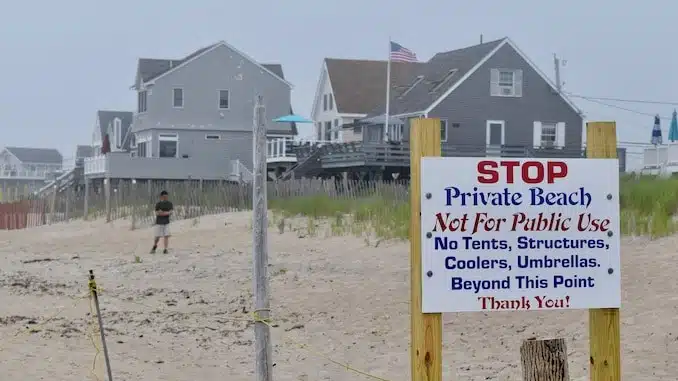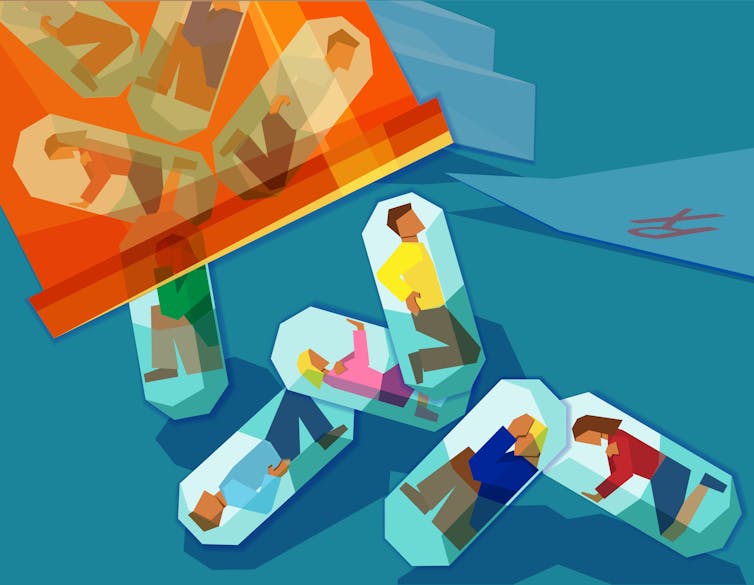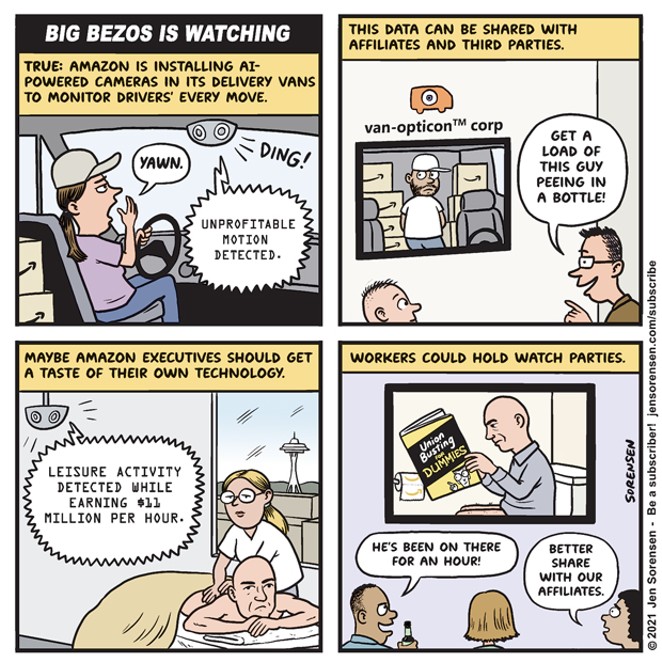Several
hundred more deaths if McKee does nothing
By
Will Collette
The
most important good news about the
COVID-19 pandemic is that we have safe, effective and free vaccines that are
remarkably effective at preventing infection, serious illness and, most
important of all, death. The majority of Rhode Islanders have been vaccinated.
You even get a free card
showing you have gotten the shots.
As Delta variant infections rise, you can
use that card to get into venues that require them.
The
bad news that there are people who
would rather spend up to $1,500 to buy a counterfeit vaccine card, rather than
get the shots and the card for free.
Some are buying out stocks of veterinary drugs
like horse de-wormer ivermectin - $80 or more per 20 tablets, if you can get it.
And
if you can get yourself some ivermectin, you might also get yourself a trip to
the emergency room – already crowded with COVID cases among other unvaccinated
fools or an embarrassing moment in Wal-Mart when one of ivermectin’s side
effects, uncontrollable diarrhea, kicks in.
 |
| Current fad treatment for Trumplicans |
Ivermectin
joins bleach and hydroxychloroquine as dangerous fake COVID remedies being
pushed by Trumplicans, right-wing media and nuts on social media rather than
simple, safe and effective vaccines.
What
a world! So we are now experiencing another surge rivalling last winter’s
horror show. Nearly a thousand people are dying each and every day.
They do not
have to die if we would all just get the shots, wear masks and stop acting like
Covidiots.
While
much of the madness is concentrated in the Deep South and Midwestern Red
states, we have our fair share in Rhode Island.
Just under 200,000 Rhode
Islanders have still not gotten their shots. Our chicken shit Gov. Dan McKee
still doesn’t have the guts to order actions to lower our high rate of
infection from its current 182.7 per 100,000 back to 12 per 100,000 where it
was on the Fourth of July.
 |
| Dan McKee looking for a fight |
The
Institute for Health Metrics and Evaluation (IHME) at the University of Washington projects that by
December 1, if nothing changes, Rhode Island’s death toll will rise to 3,135
from its current 2,765. That’s 360 deaths.
If our accidental Governor would use
his emergency powers to direct universal masking, the IHME projected death toll
would drop to 2,892 or about two-thirds less deaths than simply maintaining the
status quo.
It
is NOT enough for McKee to belatedly and reluctantly mandate
masks in schools and state
buildings. It's not acceptable that he resisted, kicking and screaming, demands that he do more.
McKee
has finally ordered all health care workers to be fully vaccinated by October
1. But he should have done that months ago. In my opinion, any health care
worker who fails to take a life-saving vaccine has forfeited the right to be a
health care worker.
McKee
could and should mandate that all public employees be vaccinated. It’s good
that he’s encouraging private businesses to mandate vaccination (many are doing
that on their own), but the state should lead by example.
Let’s talk about
rights
The
COVID-19 pandemic became a political football almost immediately after it began
to spread in the United States. Donald Trump led the chorus of those who wanted
to blame China, pretend it was no big deal – no worse than the flu, was going
to go away quickly and could be defeated by a variety of unproven remedies. Don’t
trust scientists, doctors, the CDC, Dr. Fauci, public health experts but do
trust Trump and Fox News.
Locally,
we have state Reps. Blake “Flip” Filippi and Justin Price as well as Sen.
Elaine Morgan variously condemning masks, vaccine mandates, science and common
sense.
 |
| Flip and his unmasked Trumplican cohorts |
Flip is outraged that McKee continues to renew the pandemic
emergency declaration and wants a full debate in the General Assembly so
his Trumplican yahoos can showcase their ignorance.
Flip,
who fancies himself as a Constitutional scholar, thinks his positions are
grounded in well-established legal principles.
Except
he’s wrong.
From
Biblical times to the present, society has consistently reserved the right to defend
itself from infectious diseases.
Look
to numerous references
in the Bible to leprosy (called Hansen’s disease today). Society called for
lepers to be isolated and kept at a distance, the first recorded instances of
mandated social
distancing.
The
word “quarantine” comes to us from Venice, where the first
known legislation was passed in 1377 requiring the isolation of people
believed to be infected with bubonic plague (a.k.a. “The Black Death”). The required
isolation time eventually became 40 days or, in Italian, “quarantina.”
As
we learned more about infectious diseases, the more public health measures took
precedence over individual rights.
When
we discovered treatments for infectious diseases, such as vaccines and
medications, new arguments arose over whether society could mandate such
treatments over the objections of individuals. Society’s right to
self-preservation won every time.
For
example, after effective treatments emerged for tuberculosis, isolation was no
longer necessary, provided of course, the TB patient was treated. And of
course, like today, some of those patients refused, leading to this
approach:
“Some
jurisdictions have resolved this tension through compromise: TB patients cannot
be forced to undergo treatment, but they may be isolated or detained if they
refuse treatment.”
One
famous disease carrier, the
infamous “Typhoid Mary” Mallon, was the first person in the US identified
as an asymptomatic carrier of typhoid. She worked as a cook and infected at
least 53 people, three of whom died.
When
she refused to stop working as a cook, she was involuntarily quarantined for a
total of 30 years, including the last 20 years before she died in 1938.
In
1905, the US Supreme Court ruled in Jacobson v. Massachusetts
that there was no Constitutional right to refuse to be vaccinated against
smallpox, saying:
"Real
liberty for all could not exist under the operation of a principle which
recognizes the right of each individual person to use his own (liberty),
whether in respect of his person or his property, regardless of the injury that
may be done to others."
I'm skipping over the 1918-9 Spanish Flu epidemic because we're already run articles like THIS ONE.
In numerous court decisions, judges have ruled that society has
the right to prevent individuals from engaging in behavior that endangers
others.
One of the clearest statements came from Supreme
Court Justice Robert H. Jackson in the 1949 Terminiello v. Chicago decision
where he stated:
“The
choice is not between order and liberty. It is between liberty with order and
anarchy without either. There is danger that, if the Court does not temper its
doctrine logic with a little practical wisdom, it will convert the
constitutional Bill of Rights into a suicide pact.”
There is a growing chorus of voices who believe that mask and
vaccine mandates simply do not go far enough or that, at minimum, such mandates
must have teeth.
For example, if nursing home or other health care workers refuse
to get vaccinated, they should forfeit their jobs.
Unvaccinated persons should pay higher insurance premiums;
insurers can use the well-established practice of setting costs based on
whether covered individuals engage in unhealthy behavior such as smoking.
In fact, we can learn a lot from public health measures that are
in place to keep smokers away from non-smokers.
Finally, with hospitals in many areas overflowing with
unvaccinated COVID-19 patients, people who need urgent treatment for other things –
accidents, heart attacks, stroke, etc. – often find they can’t get the care
they need because of Covidiots.
Hospitals should begin to triage critical care patients to stop
penalizing those who need urgent treatment through no fault of their own.
Unvaccinated adult COVID patients should be at the bottom of the priority list
for hospital beds, especially ICU beds.
They refused or dawdled in getting vaccinated – that’s on them. No
one else should pay the price for their bad decisions.




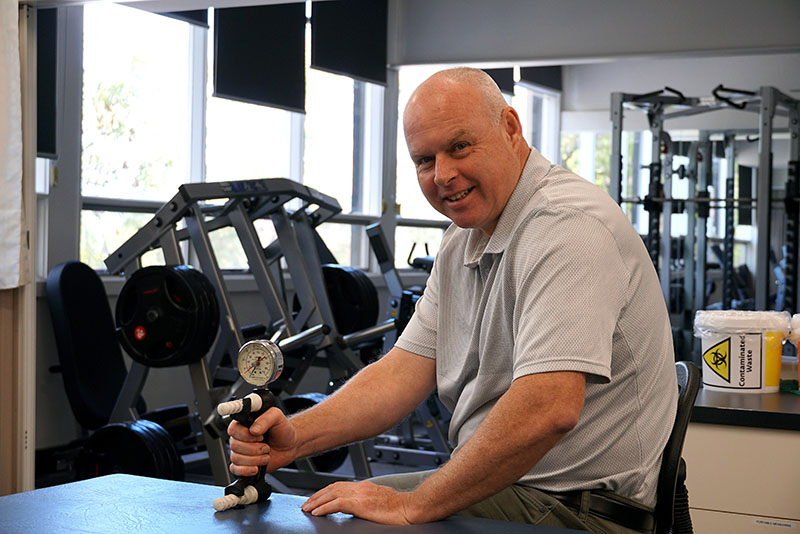
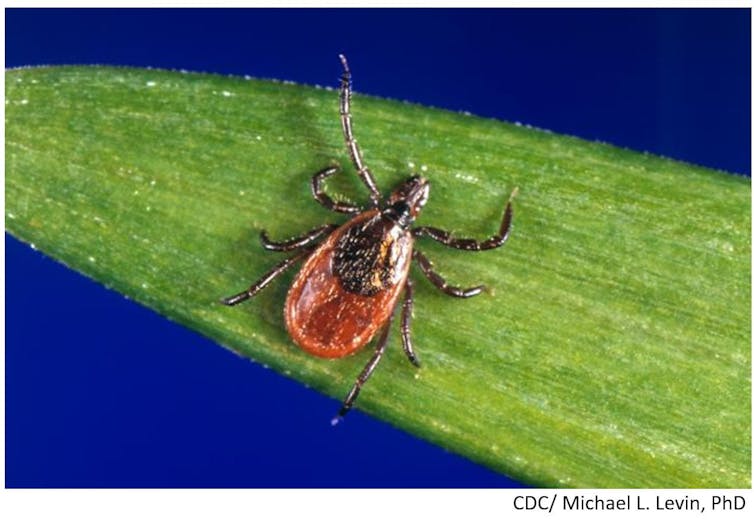
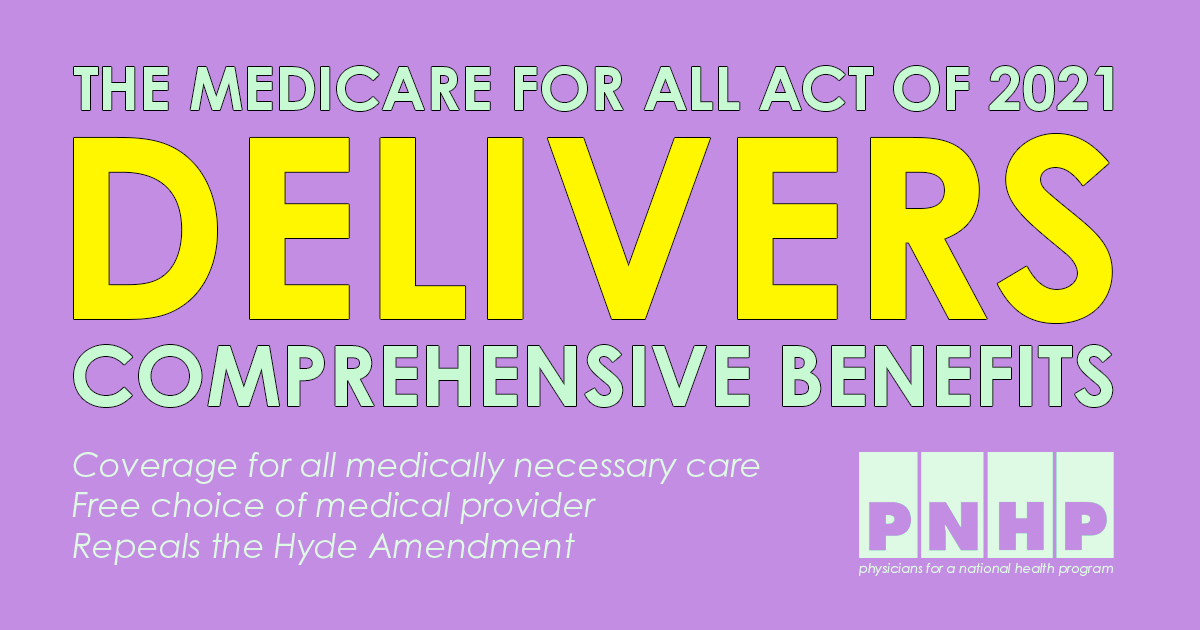

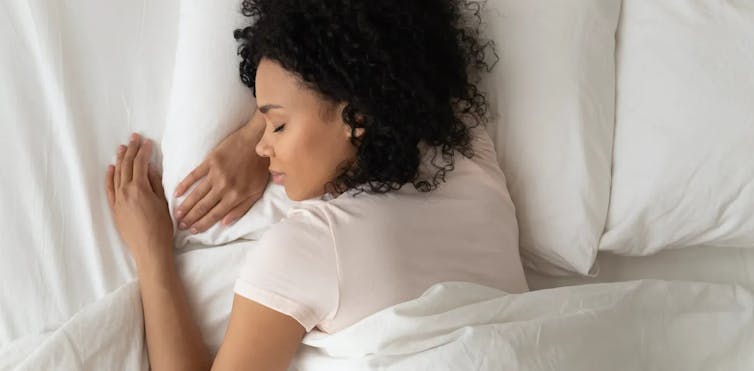
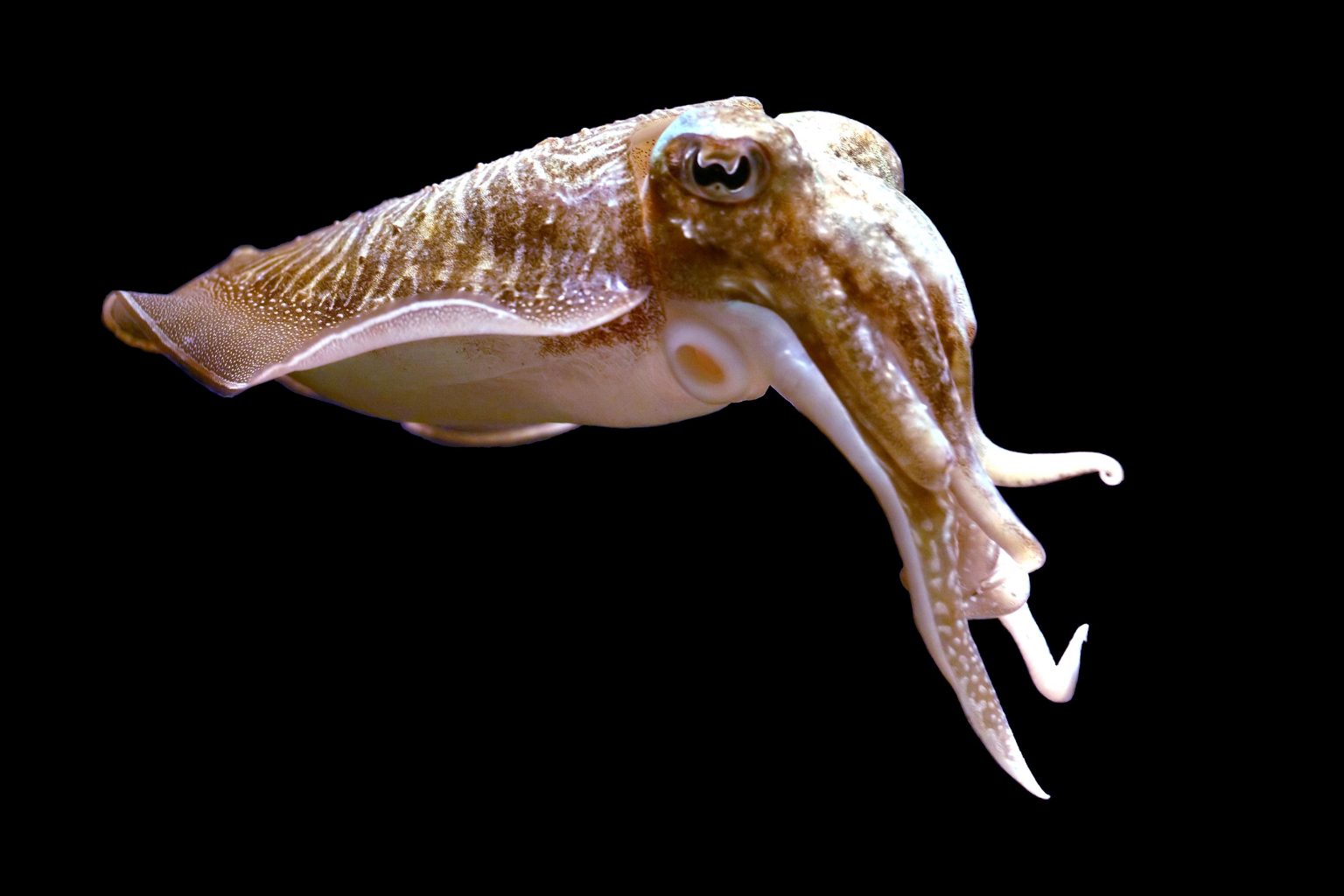
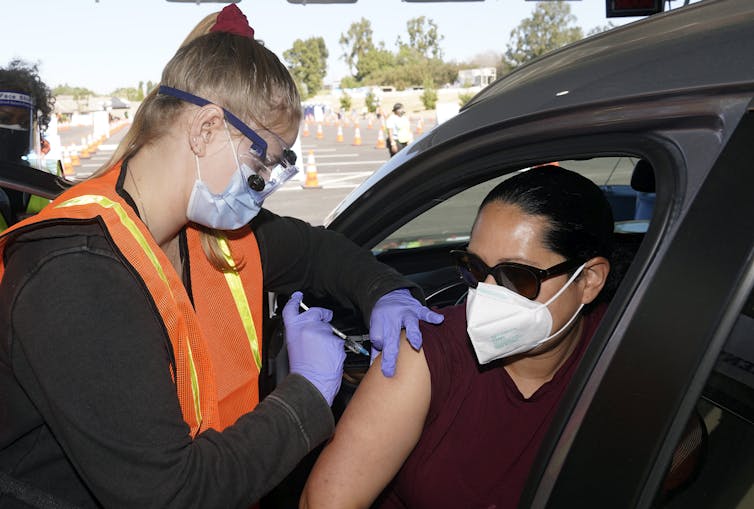





_Canaletto_-_Wells-Next-The-Sea%2C_The_Earl_of_Leicester_and_Trustees_of_the_Holkham_Estate.jpg/598px-thumbnail.jpg)
















